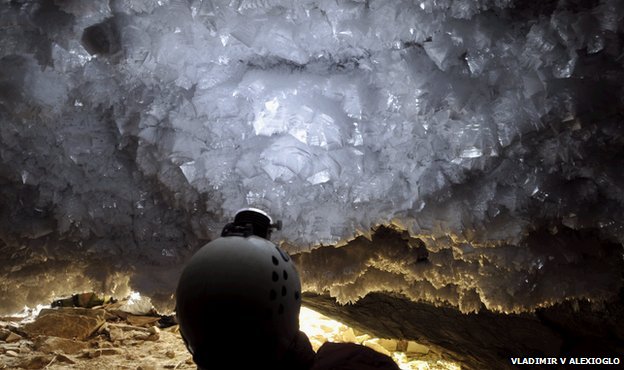Old Rocks
Diamond Member
Permafrost Degradation Research
Environmental Sciences Branch (ESB)
Permafrost Degradation on Army Training Lands in Interior Alaska
Thermokarst (indicating degraded permafrost) in a birch forest. The Problem:
Large areas of discontinuous and unstable permafrost in interior Alaska have been degrading for some time and are expected to continue to do so as the global climate warms.
Thawing of permafrost destroys the physical foundations of boreal forest ecosystems, causing dramatic changes in ecosystems and affecting the Army's ability to train at Fort Wainwright.
There is a major area of degrading permafrost and associated thermokarst features in the northwest corner of the Tanana Flats on Fort Wainwright.
We need to be able to understand and predict the rates, distribution, causes, and effects of this degradation.
Environmental Sciences Branch (ESB)
Permafrost Degradation on Army Training Lands in Interior Alaska
Thermokarst (indicating degraded permafrost) in a birch forest. The Problem:
Large areas of discontinuous and unstable permafrost in interior Alaska have been degrading for some time and are expected to continue to do so as the global climate warms.
Thawing of permafrost destroys the physical foundations of boreal forest ecosystems, causing dramatic changes in ecosystems and affecting the Army's ability to train at Fort Wainwright.
There is a major area of degrading permafrost and associated thermokarst features in the northwest corner of the Tanana Flats on Fort Wainwright.
We need to be able to understand and predict the rates, distribution, causes, and effects of this degradation.



